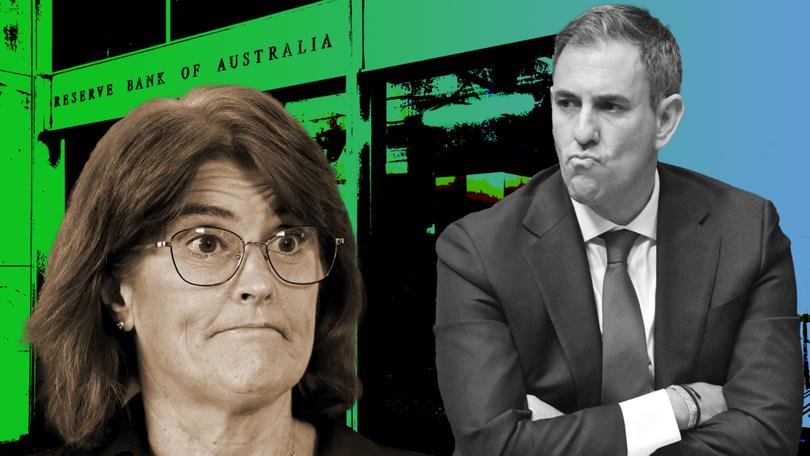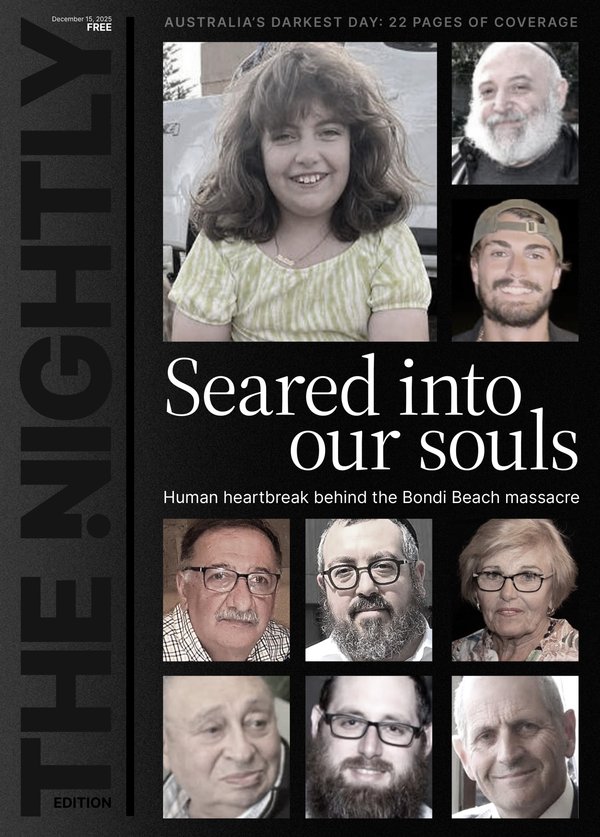Australian: Bureau of Statistics: Household spending up 0.4 per cent in November

Household spending rose 0.4 per cent in November, according to seasonally adjusted figures released today by the Australian Bureau of Statistics.
The rise follows a 0.9 per cent rise in October and a 0.2 per cent fall in September, and captures the impact of Black Friday retail sales, the release of new movies and a larger-than-anticipated rise in new car purchases.
A relatively new addition to the ABS’ suite of data products, the Household Spending Indicator collates aggregated and de-identified card transactions from banks, supermarket scanner data, and motor vehicle sales data from the Federal Chamber of Automotive Industries and Electric Vehicle Council.
Sign up to The Nightly's newsletters.
Get the first look at the digital newspaper, curated daily stories and breaking headlines delivered to your inbox.
By continuing you agree to our Terms and Privacy Policy.That differs from the Retail Trade index, out yesterday that telephone surveys of approximately 700 large businesses and 2,700 smaller businesses selected by random sample.
The ABS said six out of the nine spending categories rose in November, mostly driven by Black Friday sales.
“Black Friday boosted sales in Recreation and culture by 0.9 per cent, making it the largest contributor to overall spending growth. Spending in cinemas continued to grow strongly, with major releases such as Wicked, Gladiator II and Moana 2 all opening in November,” Robert Ewing, ABS head of business statistics.
“Spending on clothing and footwear and Furnishings and household equipment also rose by 1.8 per cent and 0.8 per cent respectively.
“Growth in these categories drove the 0.4 per cent rise in discretionary spending. Strength in new vehicle purchases also contributed to higher discretionary spending, with the Federal Chamber of Automotive Industries reporting a notable rise in SUV sales in November.”
Yesterday, retail sales figures suggested that consumption over the last six months had grown at 5.8 per cent annualised, significantly above the 3 per cent average for the year.
That prompted a number of economists to question whether the economy had sufficiently cooled to give the Reserve Bank confidence to cut interest rates.
“With the labour market tight and retail sales still ticking over relatively well, the RBA doesn’t need to be in any hurry to cut rates. Waiting to April or May to make abundantly sure inflation is under control doesn’t seem to be that much of a risk given these indicators,” said IFM Investors chief economist Alex Joiner.
The Household Spending report showed growth in most states and territories. The highest percentage rises were seen in Queensland up 0.7 per cent, Victoria, South Australia and Western Australia (all up 0.5 per cent), while the Australian Capital Territory and Tasmania fell 0.4 per cent and 0.2 per cent respectively.
Over the year, the fastest-growing category of spending was in health, with all states recording a rise.
The largest increase was in Western Australia, which saw health spending up 13.6 per cent, followed by Queensland (up 9.2 per cent), Victoria (up 7.2 per cent) and South Australia (up 5.8 per cent).
Reflecting the rise in inflation for alcohol and tobacco, the data found steep declines in spending on those products, with a 17.3 per cent annualised drop across the two categories in Victoria and a 14 per cent drop in NSW.

